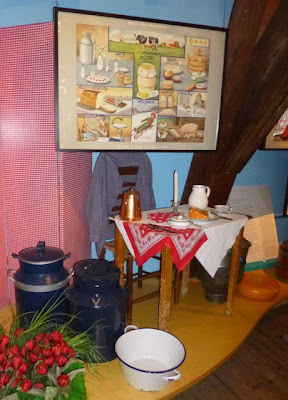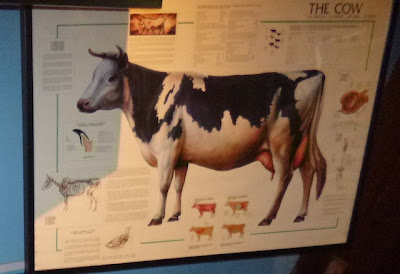 The Walking Dead, Season 4, Episode 16:A
The Walking Dead, Season 4, Episode 16:A
TV rating
TV-MAZPAA rating
Adults with high toleranceOffensive content
Usual zombie decapitation/mutilation; human on human violence including biting faces and necks with very bloody gore; attempted rape (including of a child); a brief flash of bloody skeletons.Synopsis & Review
A season finale is always a chance to go for a big dramatic ending. It seemed like they already did that back when the Governor attacked the prison at the mid-season break. Instead of ramping up the physical drama with another big battle scene, this episode ramps up the moral drama with a big moral conflict for Rick.The episode includes numerous flashbacks to life at the prison, specifically at the point when Hershell convinces Rick that he needs to be a farmer rather than a hunter-gatherer. Such a change is good for Rick but even more important for Carl, who needs to learn how to live in their world. Rick tries it out because he knows that will be better for everyone. But it just doesn't work out because the Governor doesn't have the optimism or the willingness to work with (and for) others.
The episode begins with Daryl and his group catching up with Rick, Michonne, and Carl. The group wants to kill Rick because he killed one of theirs back in an earlier episode. Joe, leader of the group, is about the execute Rick when Daryl walks in and offers himself in Rick's place. Daryl says, "These are good people." Joe thinks it is a lie since Rick killed one of theirs, so he has some of the group start beating Daryl to death for lying (as per their code) and Joe promises to rape Michonne and Carl before killing Rick. Rick does the only thing he can and an extremely brutal fight happens. Joe's gang is wiped out. The next morning Rick explains how monstrously violent he was by saying it is all to protect Carl. They head on to Terminus where, unsurprisingly for the show, things are a lot worse than they seem.
At the beginning of the episode, Rick seems stunned by how brutal he has become, how far away he has traveled from the hoped-for peaceful farming life. The flashbacks are like memories for him. He is aware of what is happening to him, the coarsening of his personality, the despair winning out over the hope. By the end of the episode, he seems to embrace the brutality, which I have mixed feelings about. If they really give up hope, or worse, put their hope in being hardened self-preservationists, they could wind up like Joe's gang.




























































